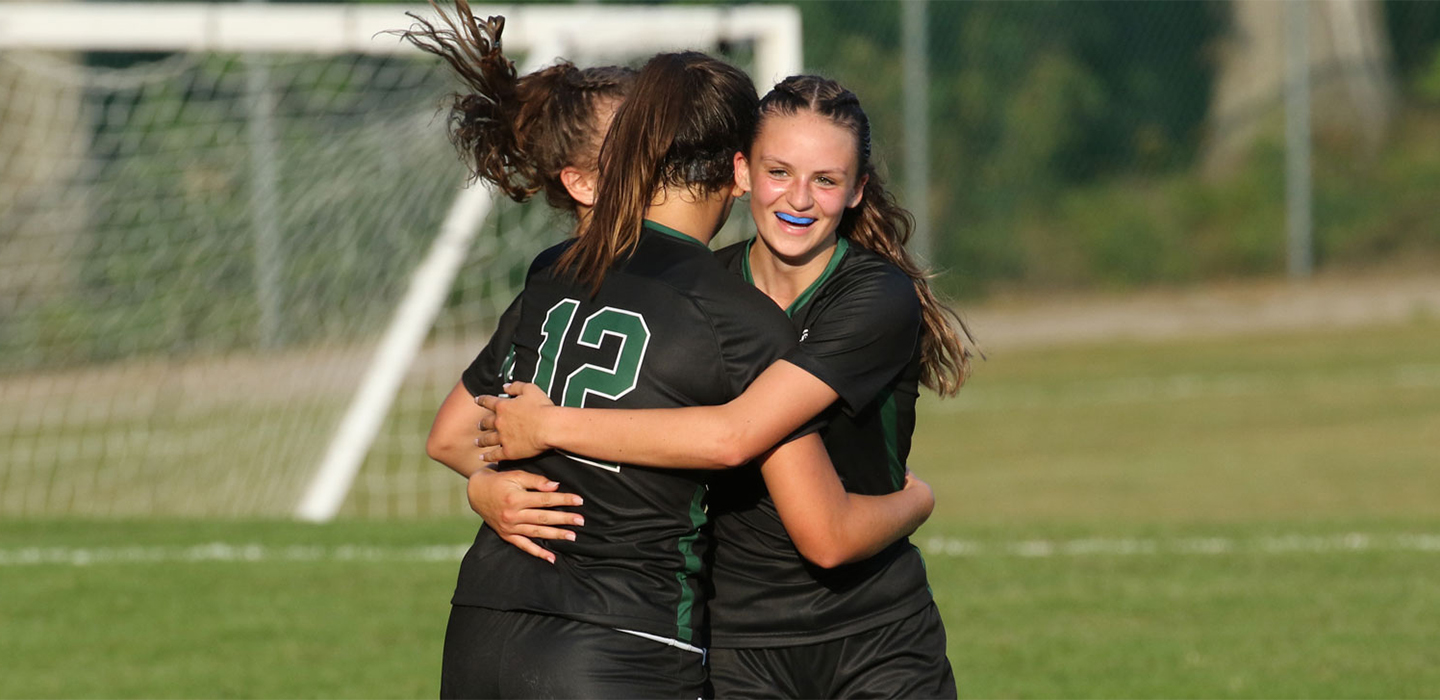
Sports
Medicine
Sports Medicine
All Waynflete athletes are welcome to see the athletic trainer prior to practices and games with medical questions or concerns. Middle school and high school athletes are encouraged to seek treatment before discomfort/ injury worsens.
Athletes are welcome to see the athletic trainer for injury evaluation, rehabilitation, acute and chronic injury care, etc. Waynflete provides a certified athletic trainer during practices and games to assist with injury prevention, give immediate treatment at the time injuries occur, and to refer to physicians when needed. The sports medicine team will work with athletes, coaches and parents to prevent injuries and also to return each athlete quickly and safely to sports participation.
Athletes should arrive early for treatment before practices and games. Athletes may seek treatment Monday – Friday after 2:00 p.m. until the last athletic event of the day. Non-school-day treatment times will vary depending on practice times.
Athletic Training Room
Office Number: 207- 774- 7863 x1256
Physician Notes
Fax Number: 207-772- 4782
Sports Participation Requirements
Valid Physical
Information and Exercises
Reducing ACL Tears and Sprains
Strong lower leg, hip, core musculature may help to prevent an ACL tear. Strength and conditioning along with proper form with sport specific movements, flexibility, agility, and understanding proper landing from a jump may help in preventing a knee injury.
Programs such as Sportsmetrics and FIFA 11+ that are best completed over a 6-week period, 3 days/week for 1–2 hours on non-consecutive days leading up to the season.
Components:
- Dynamic warm – up
- Jump training progression (feet & knees hip distance apart-quiet landing)
- Strengthening hamstrings, hips, core, lower legs
- Flexibility
For more information, please visit Sportsmetrics.org or ask an athletic trainer.
Patellar Femoral Pain Syndrome
PFPS (Patellar femoral pain syndrome) is a condition that is found in children and adolescents from about ages 10 to 16. It occurs most often in children who have grown a significant amount in a short period of time, when the muscles haven’t had sufficient time to catch up to the new length of the bones. They experience pain most often in the patellar tendon below the knee cap. Other causes can be a weak VMO (inner quadriceps muscle), an imbalance between the VMO and other quad muscles, or weak hip muscles.
Prevention:
STRETCH routinely 3–5x/ day during high growth (adolescent years).
Hold stretch with weight through limb when possible. Lacrosse/tennis balls work wonders for mobility. Foam rolling prior and post activity. Hand roller may also help.
Load tendons thoughtfully—feel free to see athletic trainer for more questions and information.
Example of safe tendon loading:
Wall sit:
- Sit with back against wall; knees and hips bent at 90 degrees
- Squeeze medicine ball between knees/or complete a corner wall sit for glute medius activation—fun fun!
- Hold position until failure. Repeat 3x/ 2-days

